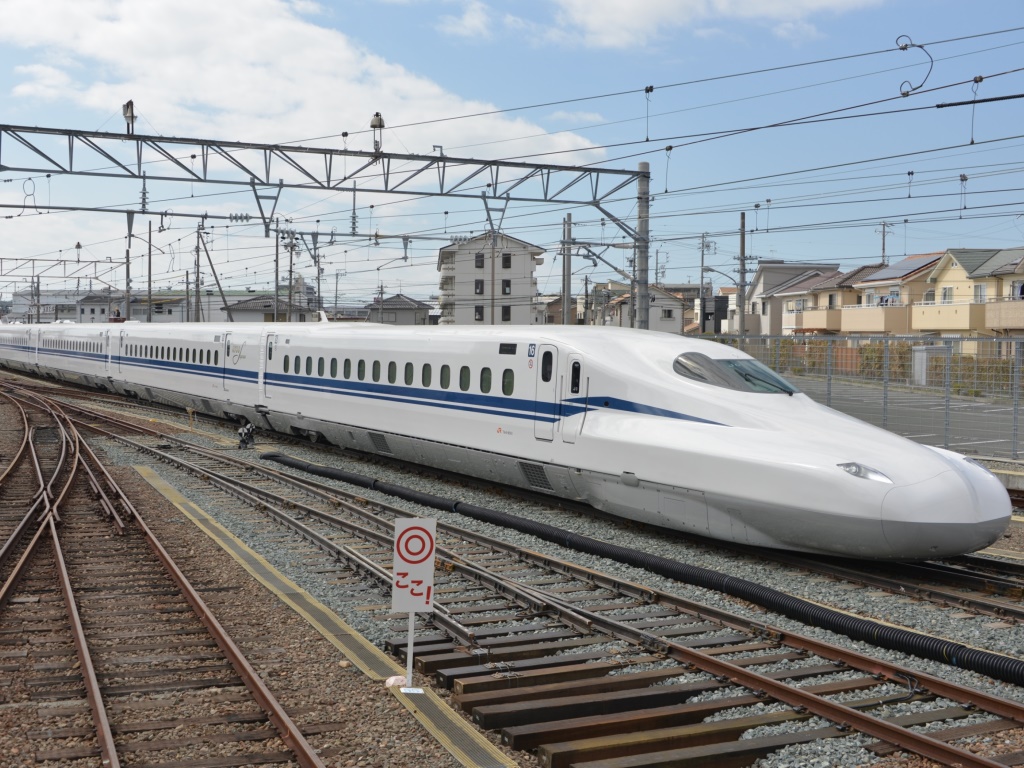
A proposed Dallas to Houston high-speed rail project, with an overall estimated price tag of $20 billion, gained momentum this month when developer Texas Central announced it had signed a design-build contract with multinational civil engineering contractor Salini Impregilo and its U.S. subsidiary Lane Construction Corp.
The privately financed project is unique in that it’s touted as the first true high-speed train in the United States and one that will be constructed and operated with no public funding. Capable of operating at speeds that exceed 200 miles per hour, the train is expected to save riders 60 to 90 minutes per trip between the congested region of Houston and North Texas.
The estimated civil construction cost of the project is $14 billion, while the overall cost of the project is estimated at $20 billion, said Holly Reed, managing director of External Affairs for Texas Central, developer of the high-speed train.
Texas Central estimates the project will result in an estimated $36 billion in economic benefits statewide over the next 25 years, including the creation of 10,000 jobs per year during peak construction and 1,500 permanent jobs when the rail project is fully operational.
“You’ve got the fourth and fifth largest economies— the Houston and Dallas/Fort Worth MSAs – in the country that are 240 miles apart and this system will connect them in a safe, reliable, clean way. That’s a game-changer. You’re creating a super economy,” Reed said.
The high-speed rail line is part of an infrastructure project that will include stations in North Texas, Houston and the Brazos Valley, plus train maintenance facilities to support routine upkeep of the system along the route, according to Texas Central. International railway company Renfe is the train’s operating partner and Bechtel is on Texas Central’s project management services team.
Reed said that because the project will be completed without federal grant dollars or state appropriations means “every decision we make is based on data and has market discipline around it.”
Texas Central considered 97 pairs of cities across the United States in search for the most commercially successful place to build a high-speed train, she explained. “We looked at city pairs because we’re connecting populations and solving a transportation problem.”
The state’s astronomical growth makes the project particularly important for Texas residents. The state’s estimated population in 2019 is 29 million, according to World Population Review, up substantially from 25 million in 2010. Texas’ current growth rate of 1.80 percent ranks third in the country.
Further, the Dallas Morning News, citing U.S. Census Bureau data, reported in April that the Dallas-Fort Worth area has attracted more new residents than any metropolitan area in the nation, adding more than 1 million people over eight years.
“We’re not building a massive system,” Reed said. “And we’re building in a location with a sweet spot; there’s 7.5 million people on each end — who are already making millions of trips along that route annually. In fact, 16 million trips are already being made yearly, and you don’t have the cost to tunnel and the extreme engineering challenges of other places. The cost to build and the ridership make it an attractive investment.”
The safety associated with a high-speed rail project also is a major consideration, added Reed. In Japan, the same train system hasn’t experienced an operations-related crash or fatality since it was completed more than 50 years ago. The Texas train will be based on Central Japan Railway’s Tokaido Shinkansen train system, the world’s safest mass transportation system and one that has a noteworthy on-time performance record.
On Sept. 4 the project achieved another milestone when Texas Central’s petition for rulemaking to issue a Rule of Particular Applicability (RPA) had been granted by the Federal Railroad Administration. The RPA is a comprehensive set of rules that will apply specifically to Texas Central and used to govern the railroad’s system and operations between Houston and Dallas.
In addition, the Texas Legislature ended its session in June with no onerous regulations or legislation impacting the project, the developer of the rail project said.
Meanwhile, the Federal Railroad Administration is conducting additional environmental analysis to inform its final Environmental Impact Statement, which the agency expects to publish in early 2020.